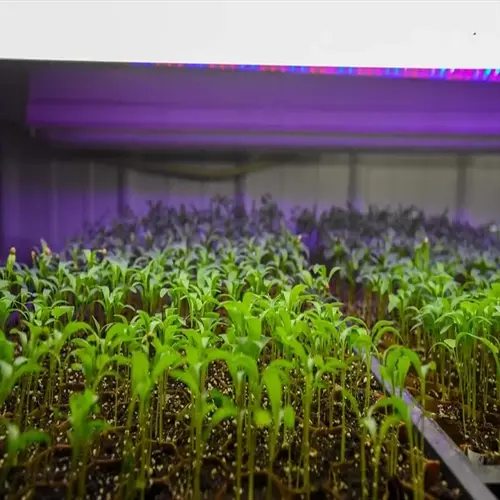Are mushroom spores hazardous to breathe?

Written by
Michael Sullivan
Reviewed by
Prof. Martin Thorne, Ph.D.In concentrated environments, mushroom spores may represent respiratory issues. High concentrations may irritate the airways, especially in individuals with hypersensitivity. Understanding exposure risks can help cultivators avoid post-exposure effects and still participate safely in mushroom-producing activities.
Protective Equipment
- N95 masks block 95% of airborne particles
- Safety goggles prevent eye irritation
- Gloves reduce skin contact during handling
Environmental Controls
- Install HEPA air filtration systems
- Work near open windows for ventilation
- Use laminar flow hoods for spawn work
Harvest Timing
- Collect mushrooms before veils tear open
- Monitor cap expansion daily
- Prioritize morning harvesting
Oyster mushrooms produce some of the highest spore quantities, and I have seen their clouds visible in my grow room. I had issues for a few weeks after harvesting mature oysters without a mask. Now, I harvest just before the veil breaks when the caps are flattened but not broken.
Ventilation is the key control measure. Open windows allow for cross-breezes to carry away spores. For an indoor setup, the HEPA filter will prevent over 99% of particles in the air. Even my $50 desktop unit keeps the air clean in my grow room and eliminates all respiratory symptoms.
Overall, harvest timing decreases exposure. Mushrooms release spores upon separation of the veil from the stem. Harvest them sooner when the cap is just opened. This also enhances the quality of the flavor and texture. I personally check on my grow bags twice a day during peak fruiting conditions to harvest at the perfect time.
Commercial-scale operations carry a greater risk due to their larger scale. Workers report work-related lung problems from prolonged exposure. Home growers mitigate risk by constraining volumes and growing session lengths. Take a break between handling tasks to allow spore movement, then re-enter a space.
If you're particularly sensitive, consider using low-spore species. Shiitake and lion's mane mushrooms release a very low amount of airborne spores. Because of their dense spore release behavior, they drift less than other mushrooms. You can grow these species with some simple protective equipment and choose to spend less time worrying about your mushroom cultivation activities.
Read the full article: How to Grow Mushrooms at Home: Beginner Guide

